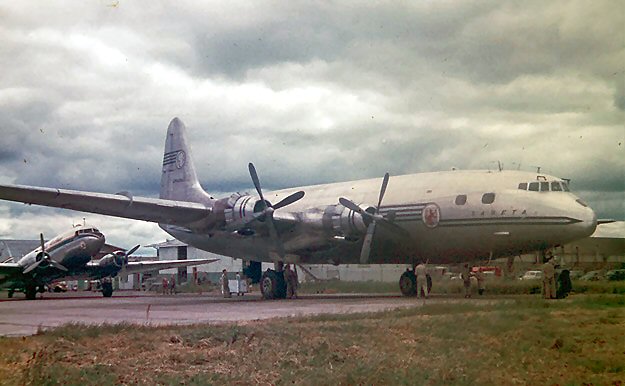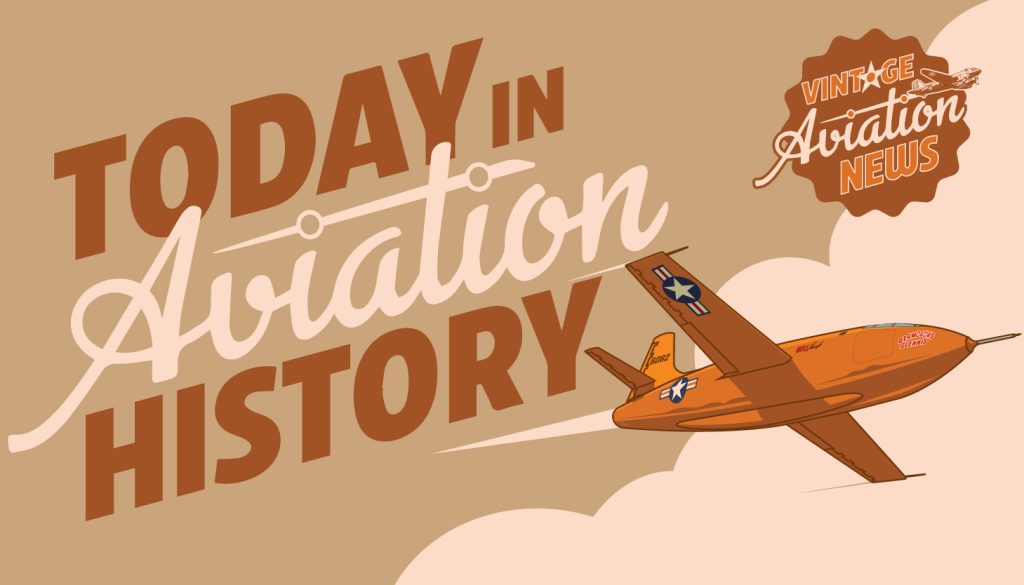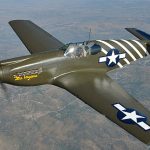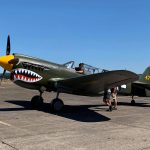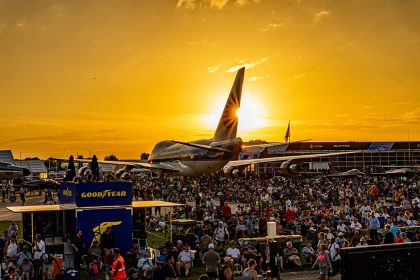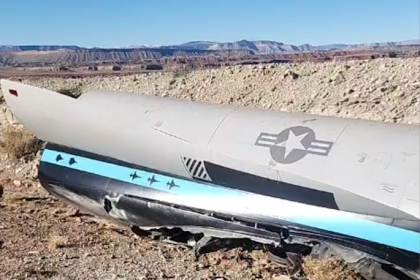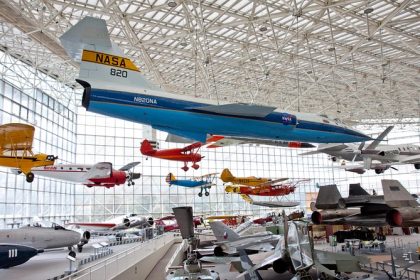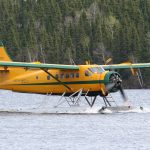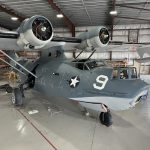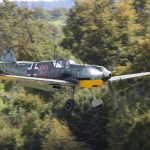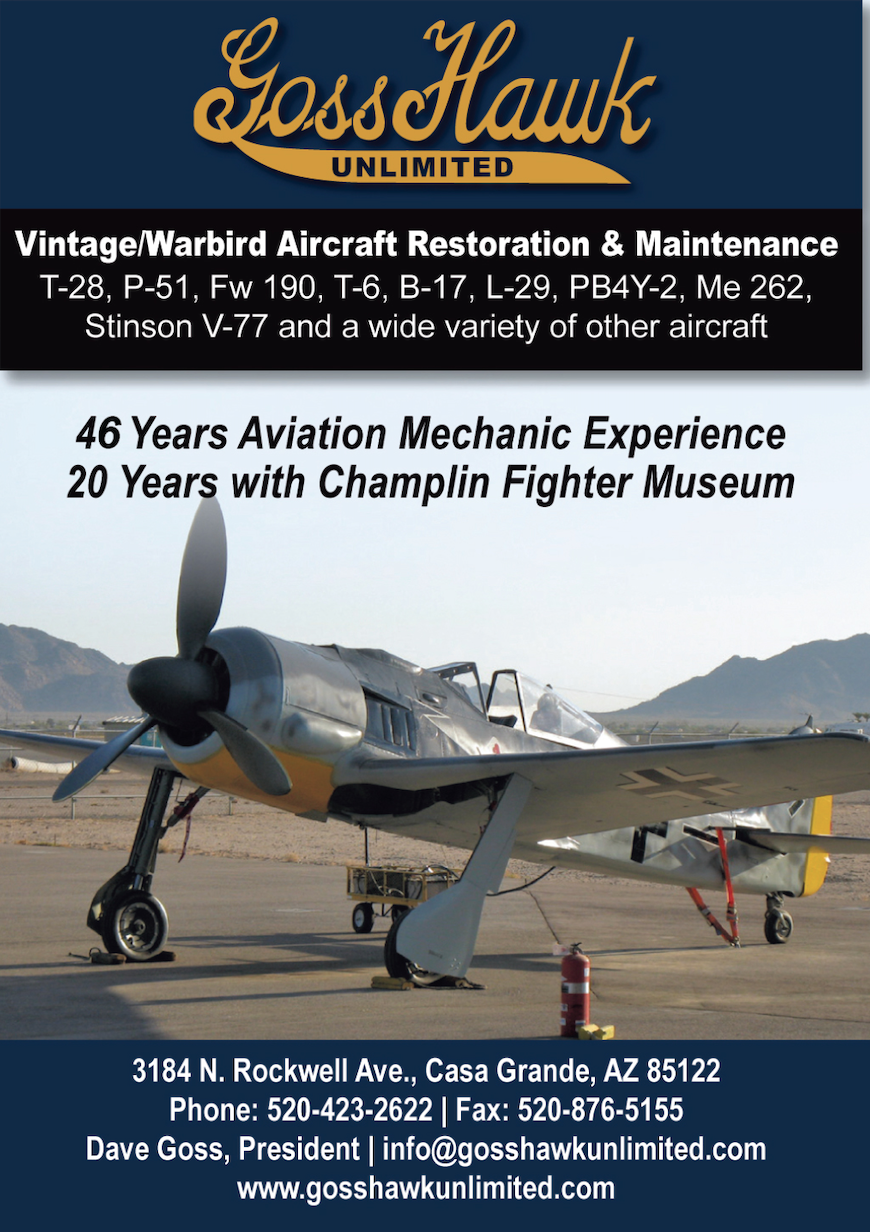On this day in aviation history (April 2, 1949), the SNCASE S.E.2010 Armagnac took to the skies for the first time, marking the 76th anniversary of its maiden flight. Named after the Armagnac region in southwest France, this aircraft was developed as a large, long-range airliner intended for international routes. The S.E.2010 was designed in response to a 1942 French requirement for an airliner capable of seating 87 passengers with extended range capabilities. Initially, the S.E.2000 was developed to meet this need, but the S.E.2010 ultimately superseded it due to its larger size and greater overall capability. However, France’s involvement in World War II significantly delayed aircraft development. As a result, progress on the Armagnac was slow, and meaningful advancements were not made until after the war. Despite these challenges, nine S.E.2010s were eventually built and operated by French carriers Transports Aériens Intercontinentaux (TAI) and Société Auxiliaire de Gérance et de Transport Aériens (SAGETA).
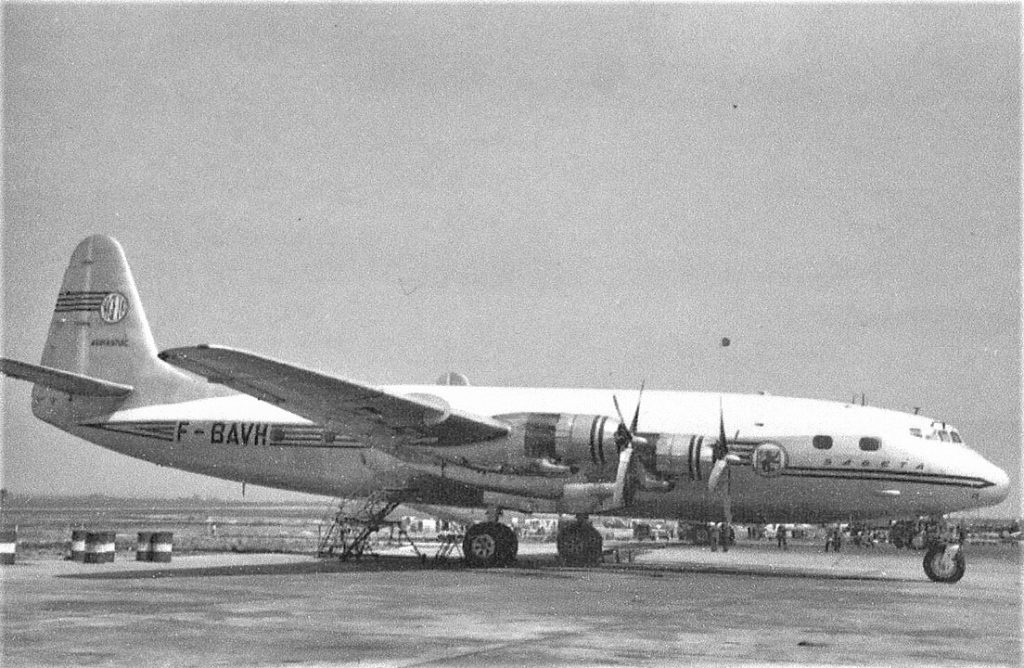
Unfortunately, the Armagnac’s performance fell short of expectations. Its range was limited to just 2,760 nautical miles, and it struggled to achieve profitability. Many airlines that had initially expressed interest canceled their orders, citing the aircraft’s inadequate capabilities for both short-haul and long-haul operations. Powered by four Pratt & Whitney R-4360-B13 Wasp Major 28-cylinder radial engines, each producing 3,500 horsepower, the Armagnac cruised at 280 mph with a service ceiling of 22,300 feet. However, it was caught in an operational dead zone—too large and inefficient for short-haul routes yet lacking the range for long-distance flights. As a result, the S.E.2010 quickly faded into obscurity, and none of the nine aircraft built survive today.
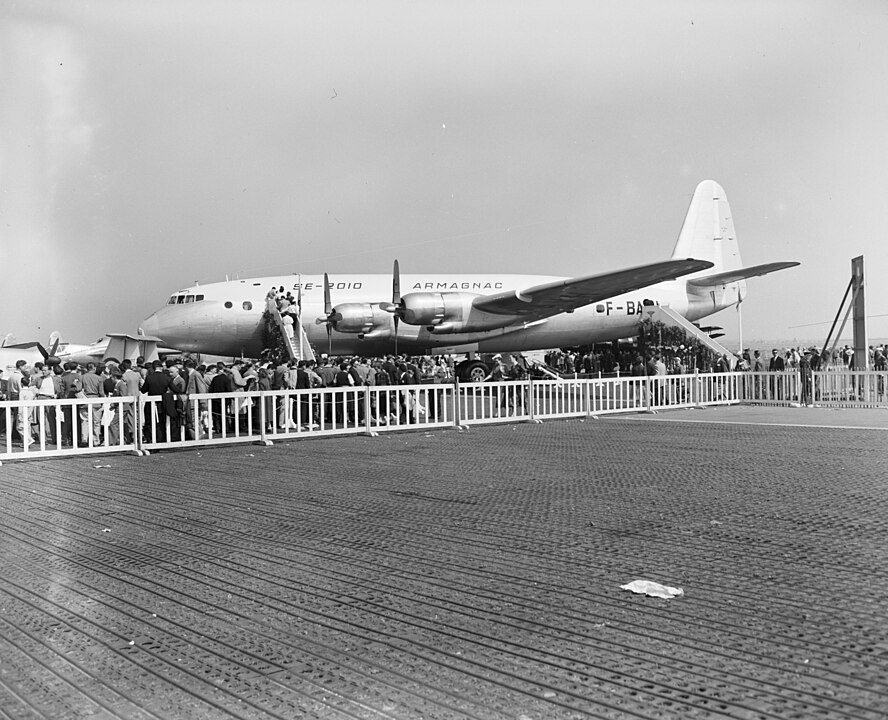
Despite its commercial failure, the Armagnac played a role in shaping future wide-body airliners. Its spacious passenger compartment was ahead of its time, influencing later designs that prioritized greater capacity, improved comfort, and longer range. While the S.E.2010 itself did not succeed, its design philosophy contributed to the evolution of modern air travel.
